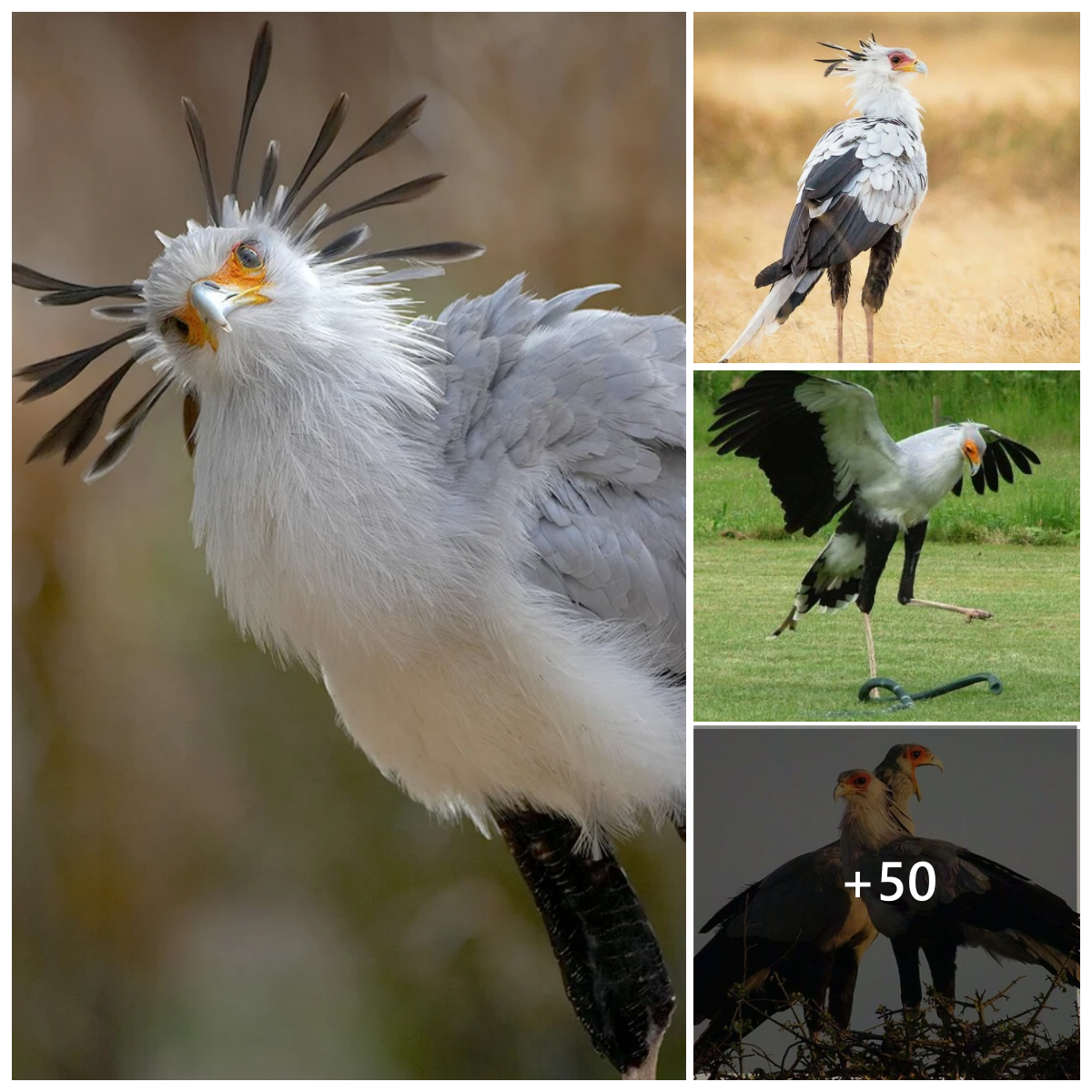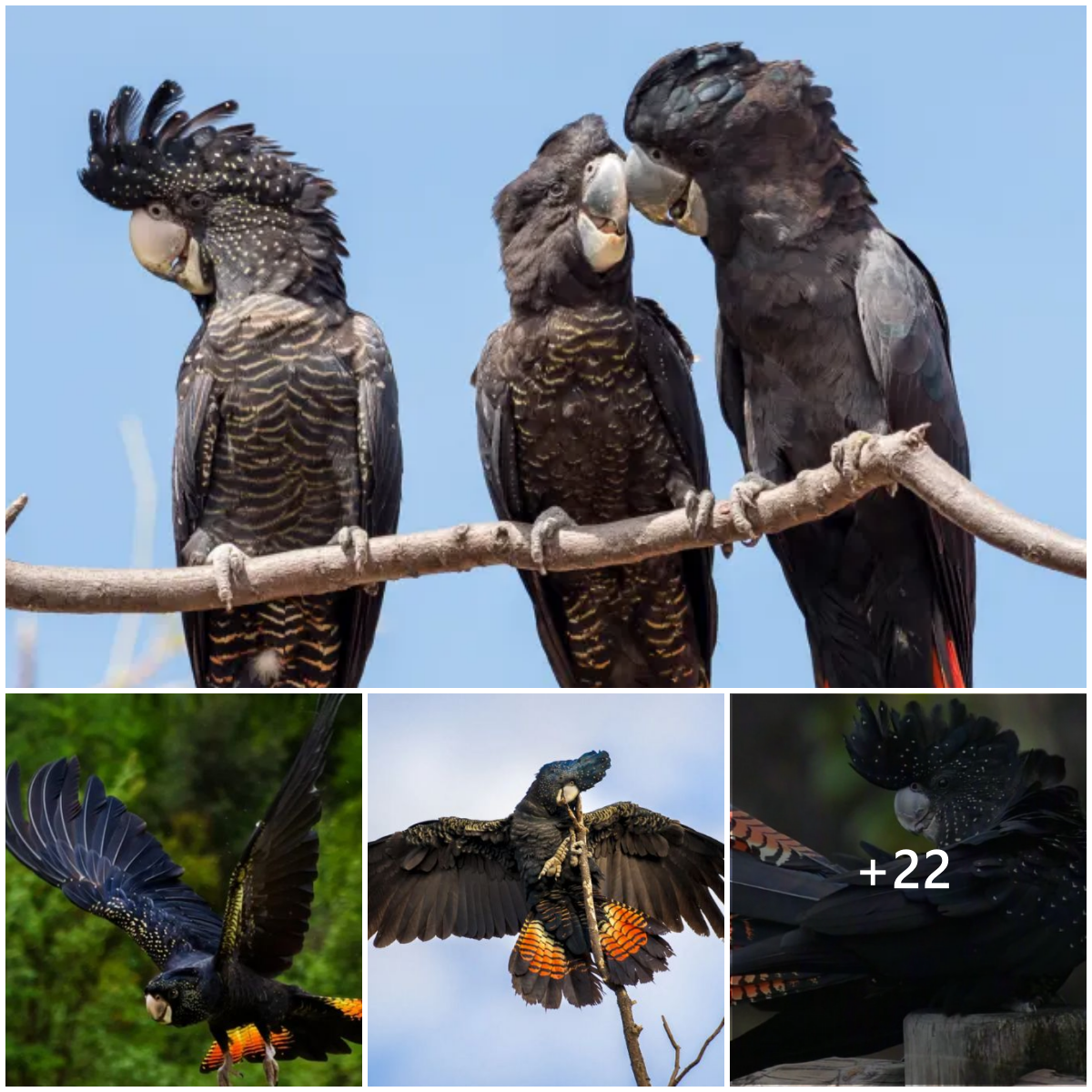
The life cycle of the Ruby-Throated Hummingbird is one of the most fascinating parts of the species. Understanding the stages of a bird’s life cycle will help you gain a better understanding of its behaviour and biology.

The egg stage is the first stage in the life cycle of the Ruby-Throated Hummingbird. The female bird lays one or two eggs the size of a small jellybean during this stage. Before hatching, the eggs are nurtured for about two weeks.

The second stage of the life cycle occurs when the eggs hatch: the chick stage. The chicks are fed insects and nectar by their mother during this time. Within two to three weeks, the chicks are ready to leave the nest.

The juvenile stage is the third stage of the life cycle. The fledgling birds learn to fly and feed themselves during this time. They are still food-dependent, but they begin to investigate their surroundings and establish their own behaviours.

The adult stage is the ultimate stage of the Ruby-Throated Hummingbird’s life cycle. At this time, the birds attain sexual maturity and continue the cycle all over again by depositing their own eggs.

However, the Ruby-Throated Hummingbird’s life cycle is not without difficulties. Habitat loss, climate change, and other human activities endanger the bird. To maintain and preserve this species, it is critical to study its biology and behaviour, as well as to take efforts to assure its survival.

Creating habitat that meets the demands of the Ruby-Throated Hummingbird is one method to safeguard it. Planting native flowers and bushes that produce nectar and insects, as well as nesting locations and clean water supplies, can all contribute to this.

Reduced use of pesticides and other chemicals that can harm the Ruby-Throated Hummingbird and its habitat is another method to help it. We can help ensure that the Ruby-Throated Hummingbird continues to captivate and inspire future generations by adopting these steps.

Finally, the Ruby-Throated Hummingbird is a wonderful bird that has captured many people’s hearts. Understanding its life cycle and taking precautions to maintain and preserve it can help assure its survival and let us to enjoy its beauty and wonder for many years to come.





